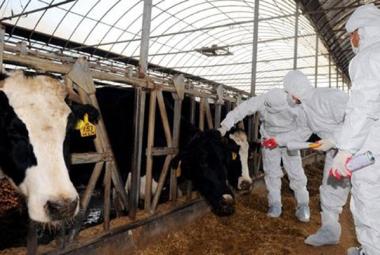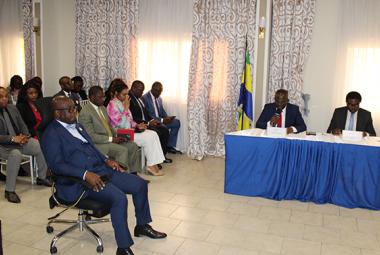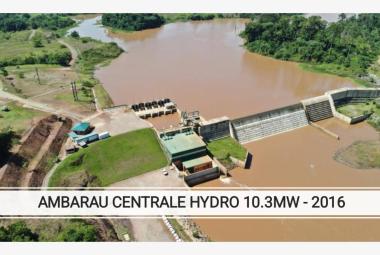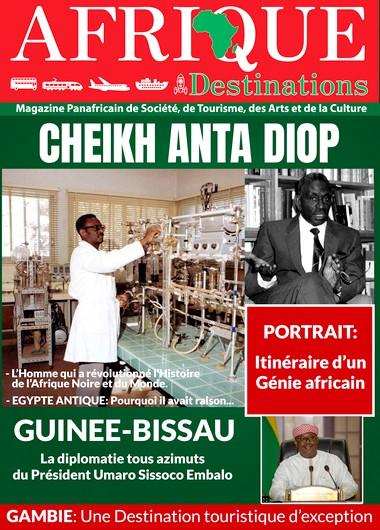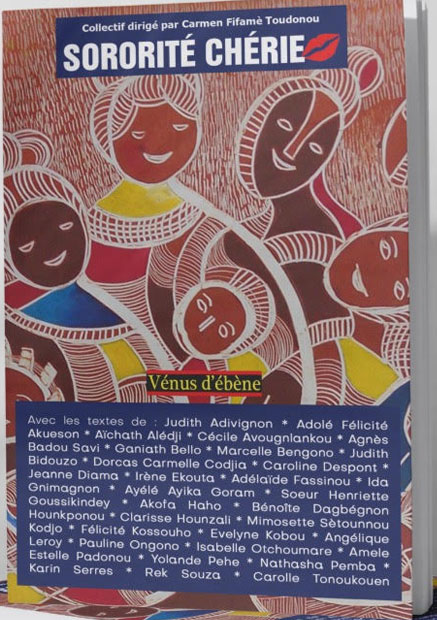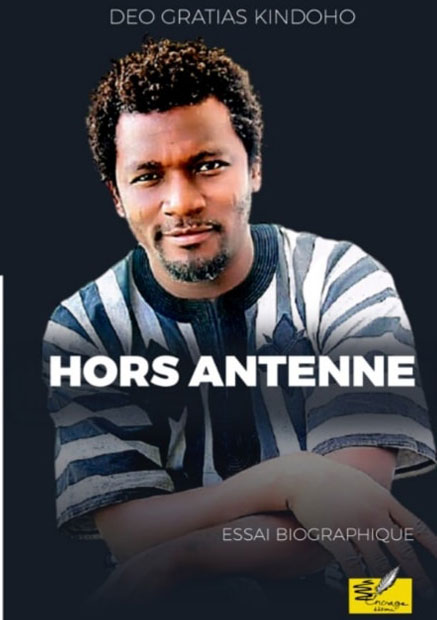Education, said Joseph Ki-Zerbo, is “the mainframe software that programs the future of societies”. In other words, it constitutes the essential basis for the evolution of any society and the development of nations. Unfortunately, African education systems have been confronted, for a very long time, with various evils and problems that several symposia, forums and other reforms have attempted to resolve. If proposals and recommendations shine by their relevance on paper, they sometimes swear in their implementation.
The ills of African education systems are almost everywhere the same: insufficient and sometimes inappropriate infrastructure, incivility and violence in the school field, uneven results, difficult access for young people to the job market, lack of vocation and ethics. among education personnel... To these recurring problems that we are trying to solve somehow, has been added, in recent years, the situation created in particular by the Covid-19 pandemic, which further widens the inequalities and handicaps the effectiveness of the educational offer.
A situation that the Association for the Development of Education in Africa (ADEA) is taking head on, which, through its Observatory for the exchange of knowledge and innovations (Kix), published in January 2022 a relevant study on the issue (https://bit.ly/3HS50k5). This report — which was the subject of an enriching virtual exchange on February 15 — summarizes “the available data on the policies and practices of 40 sub-Saharan African partner countries of the Global Partnership for Education (GPE) in training and support for teachers during the Covid-19 pandemic”.
APPROPRIATE TOOLSWe note that the Covid-19 pandemic has forced several million children to temporarily leave school with particularly significant impacts. More than 1.6 billion children had to leave their classrooms temporarily at the height of the school closure, underlines the report, which specifies that of the 127 million school children who have been sent home in the UNICEF Eastern and Southern Africa Region — United Nations Children's Fund — at the end of March 2020, only two-thirds of them were able to return by the end of November 2020. In addition, learning loss particularly and most severely affects the most vulnerable segment of the population and, the report notes, “this shock occurred in the context of a pre-existing learning crisis, since 87% of ten-year-old children in sub-Saharan Africa cannot read a simple story”.
A context that requires the adoption of appropriate tools as well as the implementation of an educational approach aimed at placing trainers at the heart of the recovery strategy. Especially since “as the main vectors of learning, teachers have been at the forefront of efforts to help students catch up while implementing health and hygiene measures to prevent school infections”. Also, while analyzing the challenges they have faced since the start of the pandemic, the report produced jointly by ADEA, the African Union International Center for the Education of Girls and Women in Africa (Cieffa/AU ) and the African Population and Health Research Center (APHRC) has several recommendations for GPE countries in sub-Saharan Africa.
The first indicates in particular that there is a need to “invest more resources in teacher training in order to strengthen the mechanisms of adaptation to the pandemic, to reverse learning losses and to rebuild education better”. Linchpin and "major pillar of any resilient education system", the teaching staff is undoubtedly the keystone of a recovery in hand of learners, who must face a new reality, imposed by the Covid-19.
This report also refers to the glaring disparity and the gap that has widened between towns and villages in terms of education. The pregnancies contracted by young girls during school closures shed light on this aspect of the social impacts of Covid-19. It is therefore necessary to explore the avenues likely to help these young girls to return to school.
Undeniably, this pandemic will have at least taught us the urgency of introducing, in order to dispense lessons, new methods which make use in particular of information and communication technologies. This is why the report sponsored by Adea also recommends "exploring public-private partnerships with digital service providers to extend access to digital and facilitate the use of DLS (Link Switch data) in training and learning”.
CAPACITY BUILDING
The privileged path of distance education and with adapted digital tools thus requires a new economic model of the school, which should produce an effective and integrating education, able to attenuate then to annihilate the perverse effects of the pandemic, which will remain lasting if nothing is done. This option of using technology to promote distance learning undoubtedly requires capacity building for teachers in the use of the required tools and approaches adopted.
The report notes with satisfaction that although not all teachers were reached by this initiative, some were able to be trained in the 40 GPE partner countries during school closures, including "in the use of various solutions such as radio, television, smartphone applications (short message services and WhatsApp) and online platforms (YouTube, Google Classrooms, Zoom, etc.)”.
However, at the same time as acting on the guidance of learners in an emergency situation, it is necessary, even essential, the report further recommends, to "give priority to strengthening the capacity of teachers to meet the needs vulnerable school children within their communities”.
EDUCATION IN EMERGENCIES
There is no doubt still a long way to go, but the horizon is clearly defined for laying the foundations for inclusive education, in particular also by establishing, as the report suggests, "a system which improves the well-being be teachers in emergencies, including through psychosocial support”. This request takes on its full meaning in countries which, in addition to managing the health crisis linked to the coronavirus, must above all deal with a latent security crisis following recurrent terrorist attacks.
In the latest monthly inventory of Burkina Faso's technical secretariat on education in emergencies, it appears that the number of establishments closed in the country fell from 3,280 in December 2021 to 3,405 at the end of January 2022, i.e. 125 new knowledge spaces closed in just one month. In Burkina Faso, as of January 31, 2022, there were 525,299 students and 15,441 teachers affected by emergency situations, following security and health crises and other natural disasters. This situation, which affects 13.60% of educational structures in the country, affects 249,173 girls and 276,126 boys among students, as well as 4,878 women and 10,563 men at all levels of education.
CRY OF THE HEART
By acting as "a catalyst for reforms and promising policies and practices through the pooling of ideas, experiences, lessons learned and knowledge", the Association for the Development of Education in Africa, a forum for policy dialogue established in 1988, works to promote “a genuine partnership between African Ministries of Education and Training, as well as their technical and external partners”.
In doing so, it constitutes a pan-African institution of reference for driving the dynamics of significant change in education and training for education. Immense capital when you agree with the late South African President Nelson Mandela to say that “education is the most powerful weapon you can use to change the world”. Finding adequate solutions for emergency situations that hinder the smooth running of African education systems then becomes a real imperative. A cry from the heart!
© Serge Mathias Tomondji
Ouagadougou, February 24, 2022




